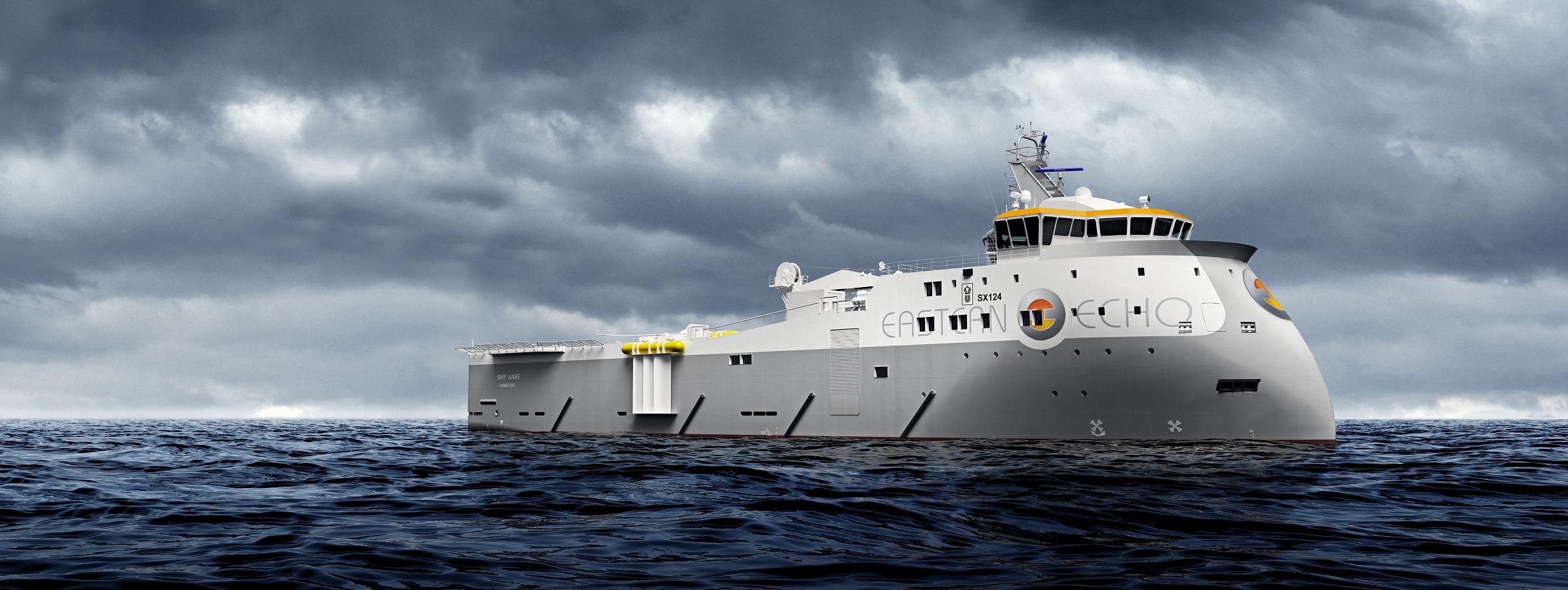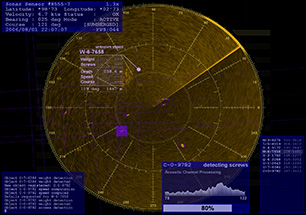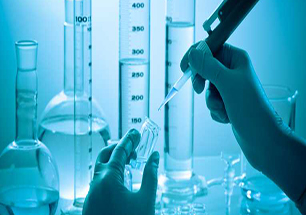KEY QUESTIONS
- What equipment and methods are available to industry sound sources drawn from the literature, academia and companies?
- What viable treatment options does industry have for limiting sound from various phases of E&P operations?

Summary
The purpose of this review was to catalogue and assess the available data that characterise the underwater sounds made by the oil and gas industries in all phases of their activities. Acoustical source signature data for non-seismic E&P sound sources were widely dispersed, difficult to access, of varying quality and often lacked high frequency components (up to 25 kHz). Additionally, the analysis methodology was not consistent.
This effort systematically compiled, summarised and critically assessed existing available data characterising underwater sounds produced by oil and gas industry activities to evaluate industry sound characteristics and assess new data needs. Supply ship sound, sub-sea pumps, and platform sound were sources identified for priority measurement in the future.
Objectives and methods
- Complete a review of underwater sound characteristics using published literature and direct communication with various entities that own such data
- Compile the data for comparative purposes into a tabulated form (managing unit discrepancies)
- Provide insight to the group developing standard methods for recording/reporting underwater sound data
Importance
The variability in acoustical data for non-seismic sources confirms the need for a standard method to acquire acoustic data. Few measurements have been made on underwater E&P noise sources, and those that have been made are often limited in their scope due to vessel time, operational and weather constraints. Comparison between measurements by different observers can be difficult due to the vast range of ever-changing conditions encountered in the ocean seabed, and sea-surface. To get the maximum value out of expensive data, it would be beneficial for future efforts to measure and report acoustical data based on a common standard.
Links to other research
This work links directly with the Programme’s standardisation and metrics study.
Institutions/PIs
Seiche Measurements Ltd, UK (Roy Wyatt)

